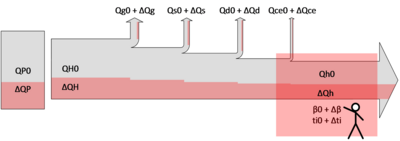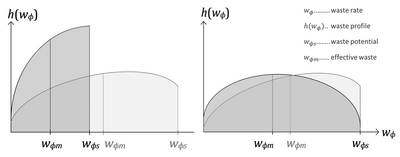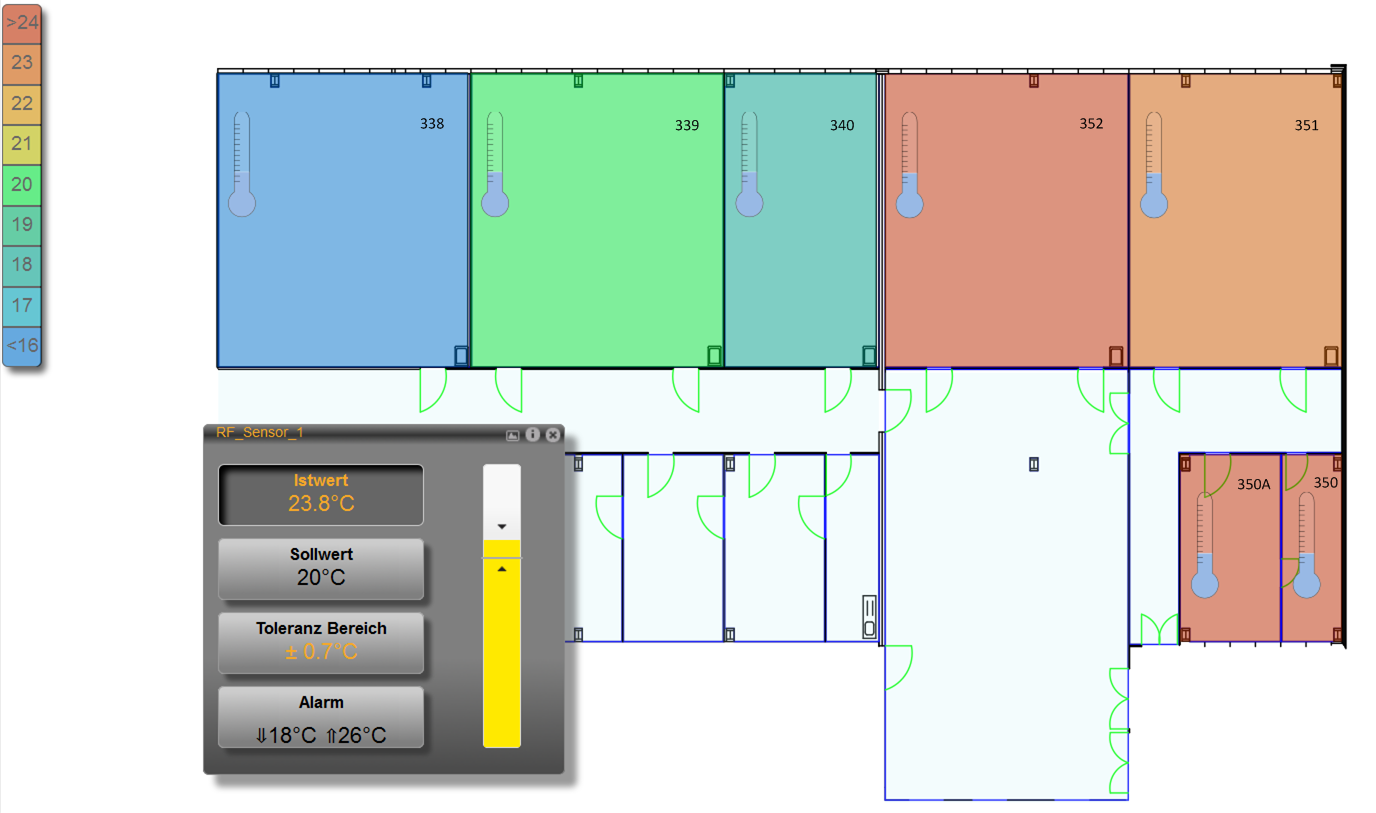Theoretical savings after optimization

The Energy transition is focused on electricity instead of heat. However, about 30% of primary energy consumption in Germany is used for room heating. 80 % of the buildings have bad insulation standards. Their heat energy consumption is 4 times higher than new buildings. Therefore, more than 90% of heat energy consumption occurs in existing buildings with bad or no insulation, which above all are not constrained to the requirements of the EnEV standard.
Practical savings after optimization

The Optimus survey of Jagnow and Wolf shows that in 2004 average savings of 20% can be achieved by optimization of facilities. Therefore, a new adjustment of hydraulic balancing including the radiators had been conducted. Subsequently, rotational speed of pumps and the supply temperature characteristic had been reduced. Similar methods like so called performance contracting, could usually achieve savings even up to 30% for public buildings.
To understand how such double digit energy savings can arise, wasting of energy as shown in figure 2 must be considered. The waste is cut back by a better adjustment of facilities.
Improving the distribution of energy waste

The Figure shows the idealized distribution of energy waste. Lighter areas show the original state, darker areas show the improvement. The left figure shows the improvement by central optimization of facilities. It is obtained by reducing the maximal possible waste.
In the right figure, the waste is reduced by decentralized optimized user participation. Thus, higher wastes are less often induced. This is in particular the effect which should be gained by HeatMap.
These savings can not be explained with usual effects. With lower inlet temperature the wastes of different facility parts are reduced. However, all of these wastes have a share of not even 10% of the total energy consumption in existing buildings. Even if it is radically reduced, the savings would rather be 5%, and not 20% or 30%.
HeatMap – visualization and analysis
The HeatMap project will collect and visualize room temperatures to illustrate the energy consumption for the user. Both universities (Beuth and HTW Berlin), will install wide research areas over two heating periods. Furthermore, HeatMap should be established in all universities in Berlin and should be combined to a HeatMap at regional level.

